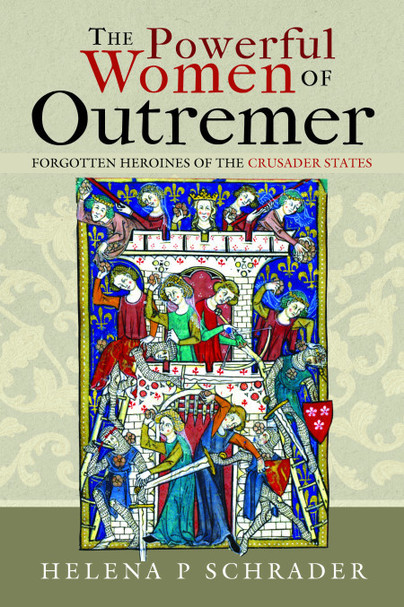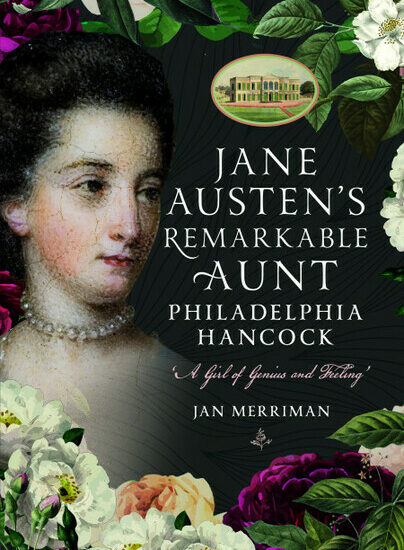Women’s History Month – Helena Page Schrader
The Powerful Women of Outremer
One of the most persistent misconceptions about the Middle Ages is that women were mere ‘chattels’ without rights or status. This myth most probably derives from the deplorable state of women in the sixteenth to nineteenth centuries combined with an uninformed belief that the Middle Ages were backwards and barbaric. However, human development is not linear, and despite their names, the Renaissance and Enlightenment eras saw a worsening of the societal position of Western European women. In contrast, European women enjoyed exceptional power and prestige during the High Middle Ages.
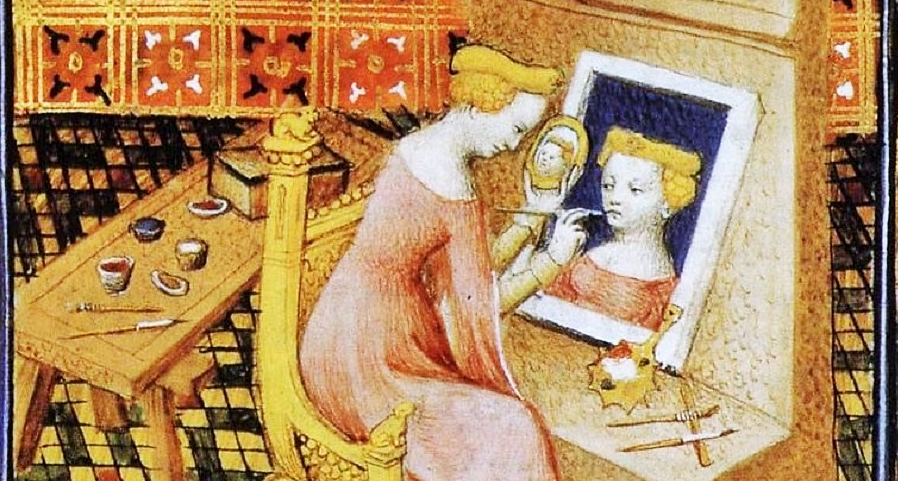
Three factors led to a steady and significant improvement in the status of European women in the early Middle Ages. First, the teachings of Jesus Christ upended Greco-Roman society with a series of radical doctrines. Second, feudalism awarded women legal standing and third, chivalry transformed sexual relations. Together, these factors empowered women in previously unimagined ways and led to a flourishing of female cultural, political and economic activity that peaked in the eleventh and twelfth centuries — the era of the crusades.
By the time the first crusaders set off for the Holy Land, it was long-established Church doctrine that women were rational and spiritual beings, equal in spirit (if not body) to men. As rational beings, they were encouraged to seek wisdom through education, and women of the middle and upper classes were largely literate. Female scholars were not unusual and enjoyed respect and admiration for their intellectual contributions to science and theology. The Church, furthermore, preached chastity as the ideal for men and women. For those of either sex who chose not to remain chaste, the alternative was a monogamous, indissoluble marriage to which both partners consented freely. Sexual relations outside of marriage were condemned as a sin for men and women.
Feudalism elevated the status of women by recognizing their right to inherit and because blood-ties trumped gender in the feudal worldview. This meant that, in the absence of a male, whether temporarily or permanently, the closest female relative exercised the same authority as the absent male. At the pinnacle of society, women could — and did — inherit and rule entire kingdoms. Furthermore, women across Europe could give and receive feudal oaths. Recognizing a woman as a vassal and lord in her own right ― rather than in her capacity as a man’s mother, wife or child ― signified recognizing her as a fully independent legal entity.
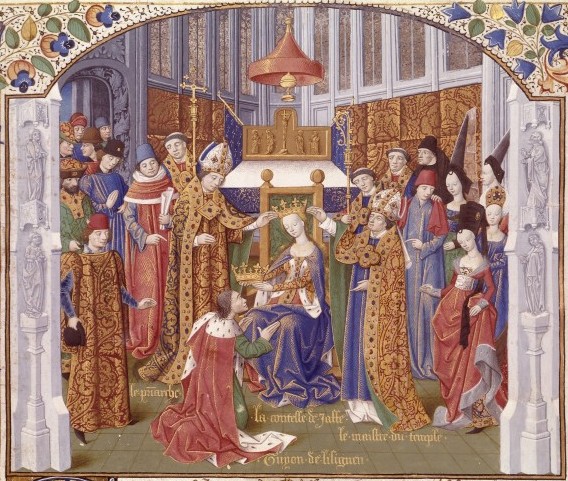
Strikingly, this held true not only at the apex of society but also at the bottom. A merchant’s daughter, a tradesman’s widow and a peasant girl no less than a queen could inherit and transmit property, be it a warehouse or ship, a shop and tools or an orchard or barn. In short, medieval women — of any class — could inherit, hold and dispose of property or, in other words, control wealth. Few things empower a person more than money.
Furthermore, in the High Middle Ages, a woman’s wealth was not derived exclusively from inheritance. Women could learn trades and conduct business. The variety of trades in which women engaged is astonishing and included everything from medicine, pharmacy, manuscript illumination and banking to smithing, carpentry and ironmongering alongside more traditionally female fields such as weaving, baking and cooking.
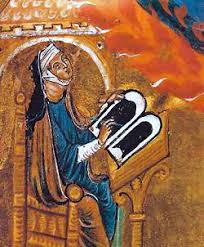
Last, chivalry raised women of the upper class to the position of lord over their lovers and enshrined the concept that all love must be free and mutual to be true. Ideally, each partner loved the other for their spirit and character rather than their body, a clear echo of Christianity in a profane context.
Yet, while women throughout Christian Europe enjoyed comparably high status, their situation in the Crusader States — or Outremer, as they were collectively called — was exceptionally good. One reason for this was economic. The economy in Outremer was notably strong in sectors traditionally dominated by women, such as the production and export of textiles, manuscripts and icons. The highly lucrative trade in silk and silk interwoven with gold was almost exclusively in women’s hands.
Another factor leading to a more dominant role of women in Outremer was that the establishment and survival of the Crusader states had been based on the intermarriage of former Crusaders or Western pilgrims with native women. Native women, predominantly Orthodox Christians, had made it possible for transient crusaders to become settlers, enabled the settlements to become prosperous, and, therefore, secured the viability of the Frankish states for two centuries. The native women acted as interpreters and intermediaries between the Crusader kingdom’s different factions.
The most significant factor leading to an elevated status for women in Outremer was the perennial shortage of manpower on the frontier of the Muslim world. Exceptionally high rates of male mortality meant that women had to be entrusted with greater authority.
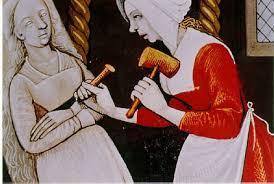
In times of war, while the men of Outremer, whether native Christian infantry or Frankish knights, mustered with the feudal host, the women took command of the garrisons left behind to defend cities and towns. At the siege of Jerusalem in 1187, for example, women outnumbered fighting men by fifty to one. The role of women in the defence of the Holy Land was well recorded — and admired — throughout the medieval world.
Find out more about the women of the Crusader states in The Powerful Women of Outremer. This book follows the more comprehensive history of the multicultural society of the Crusader states provided in The Holy Land in the Era of the Crusades: Kingdoms at the Crossroads of Civilizations, released by Pen & Sword in 2022.
Helena P. Schrader is also the award-winning author of six novels set in the Crusader states. For details, visit her website here.
